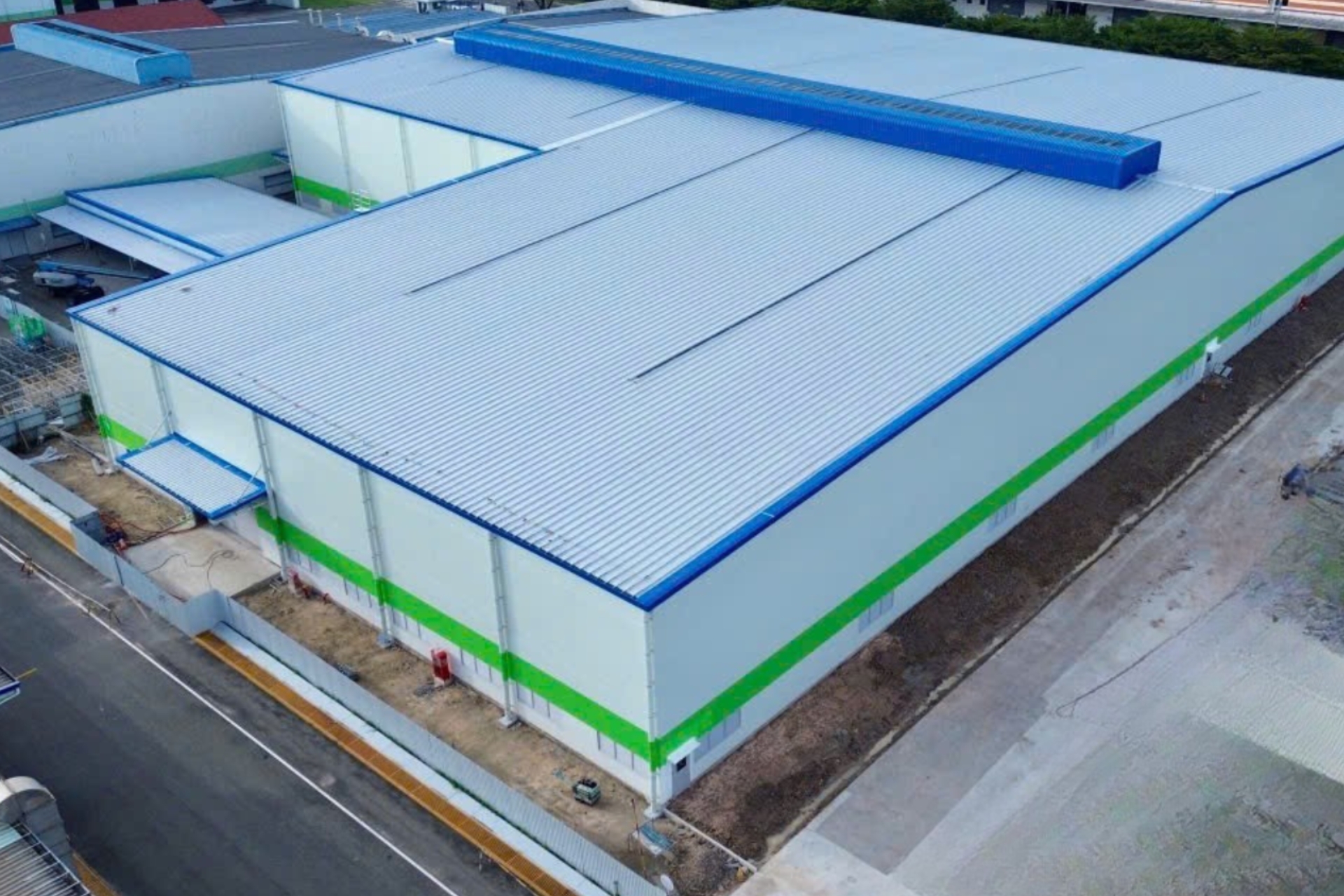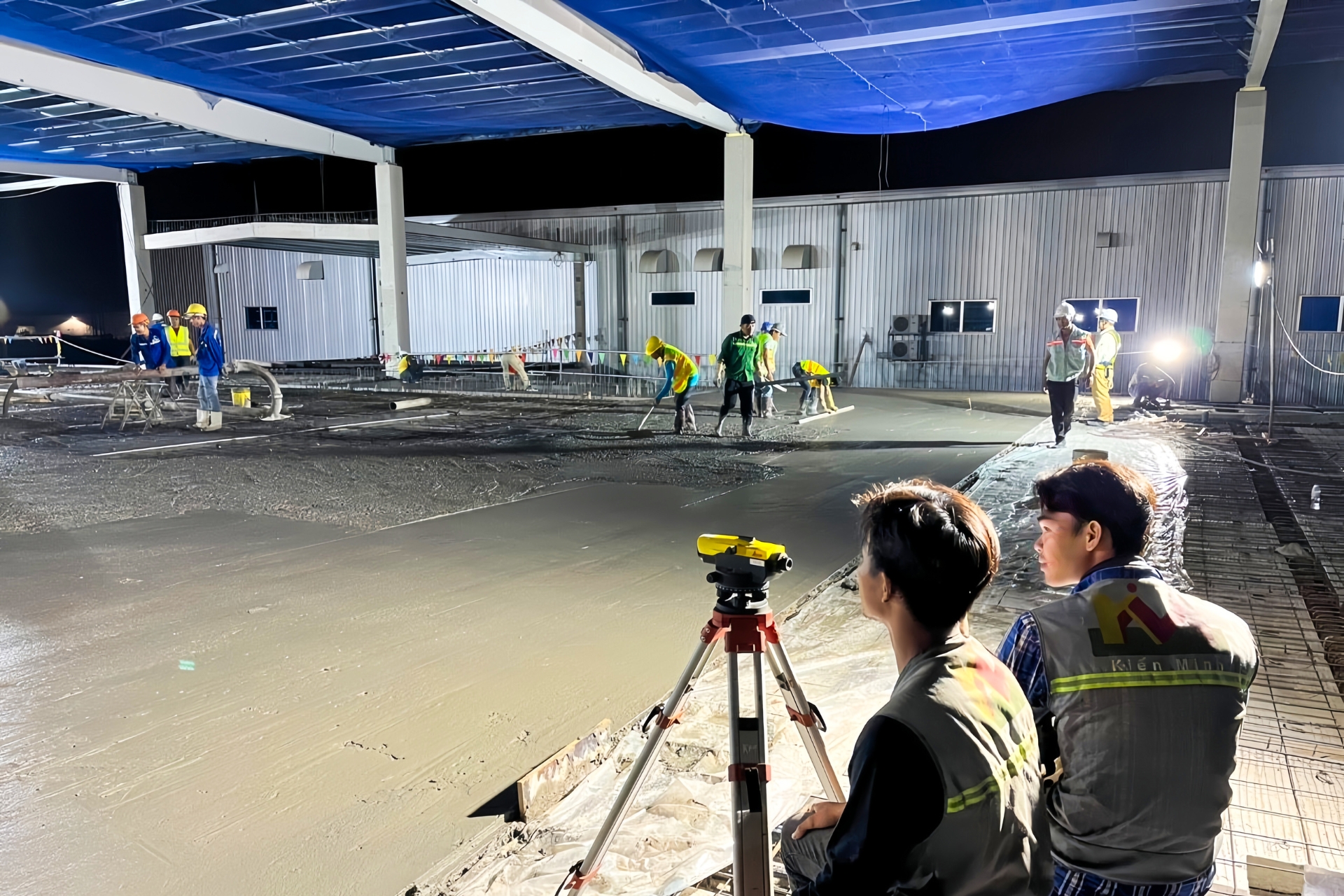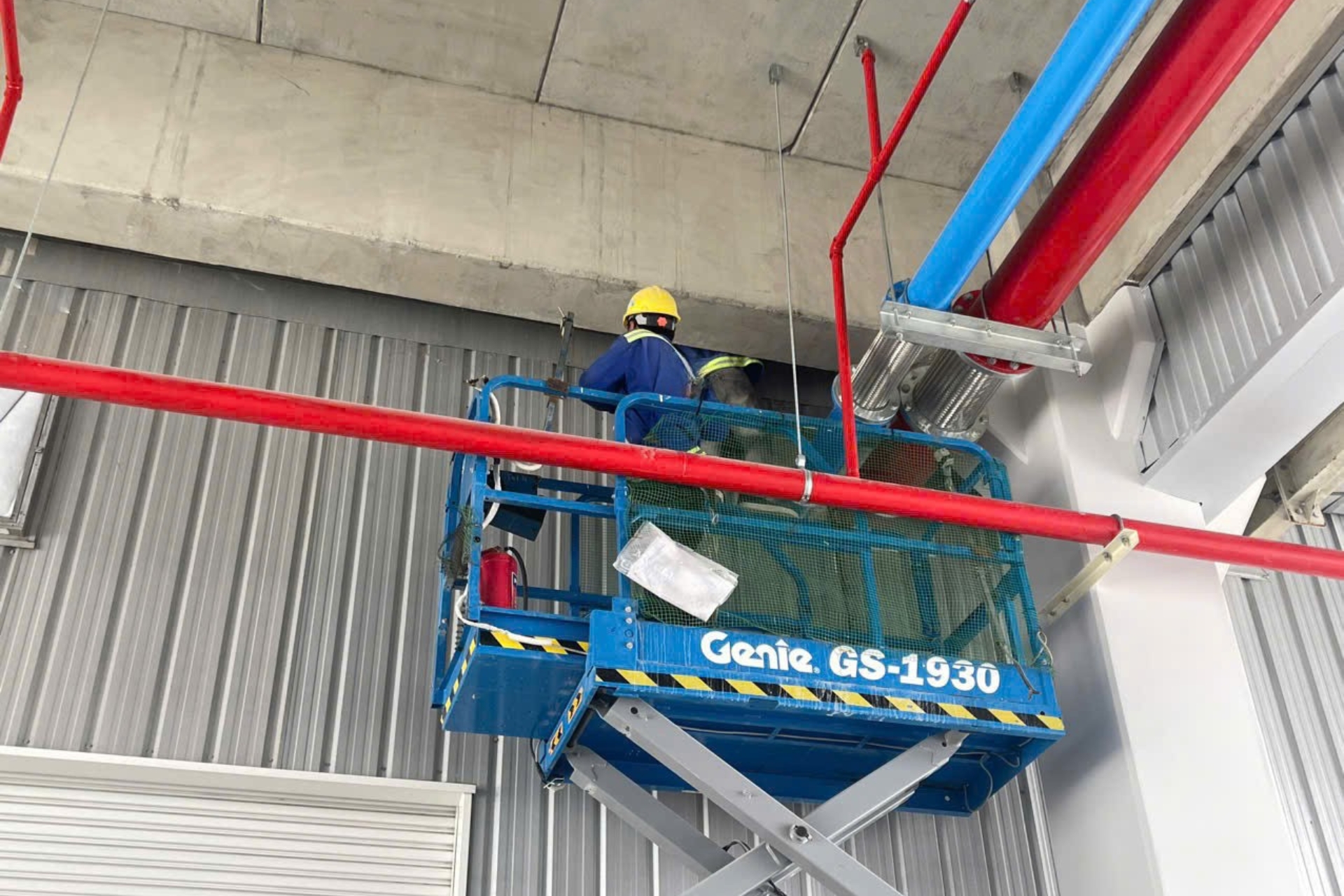
Factory Maintenance Costs: Influencing Factors and How to Optimize Them Effectively
In the manufacturing industry, a factory is not just a space that houses machinery and equipment—it is the backbone that supports the entire supply chain. A well-designed and properly operated facility can save businesses billions of VND each year. However, to ensure that the factory system remains stable and safe, regular maintenance is essential. As a result, factory maintenance costs become a key budget item that must be carefully calculated and optimized. In the following article, TECO will help business owners gain in-depth insights into factory maintenance expenses and how to optimize them effectively.

A closer look at factory maintenance costs
What do factory maintenance costs include?
Many businesses often view maintenance costs as passive, only dealing with issues when damage occurs. In reality, to proactively control these expenses, it’s important to understand the common cost categories involved in factory maintenance, including:
Labor and Technician Costs
This includes salaries and allowances for the technical team performing maintenance. Businesses can opt for an in-house team to save costs or hire a professional contractor to ensure quality and faster response times. Each option has its own pros and cons, depending on the size and operational nature of the factory.
Replacement and Repair Materials
This covers the cost of materials such as bolts, anti-rust paint, cleaning chemicals, electrical wiring, plumbing, and mechanical accessories. Especially in factories with complex MEP (Mechanical-Electrical-Plumbing) systems, component replacements must meet the right specifications and technical standards.
Periodic Inspection and Evaluation Costs
Mandatory items such as electrical safety checks, fire prevention systems, lifting equipment inspections, ventilation and air conditioning systems, or structural evaluations must be conducted periodically in accordance with government regulations and internal safety standards.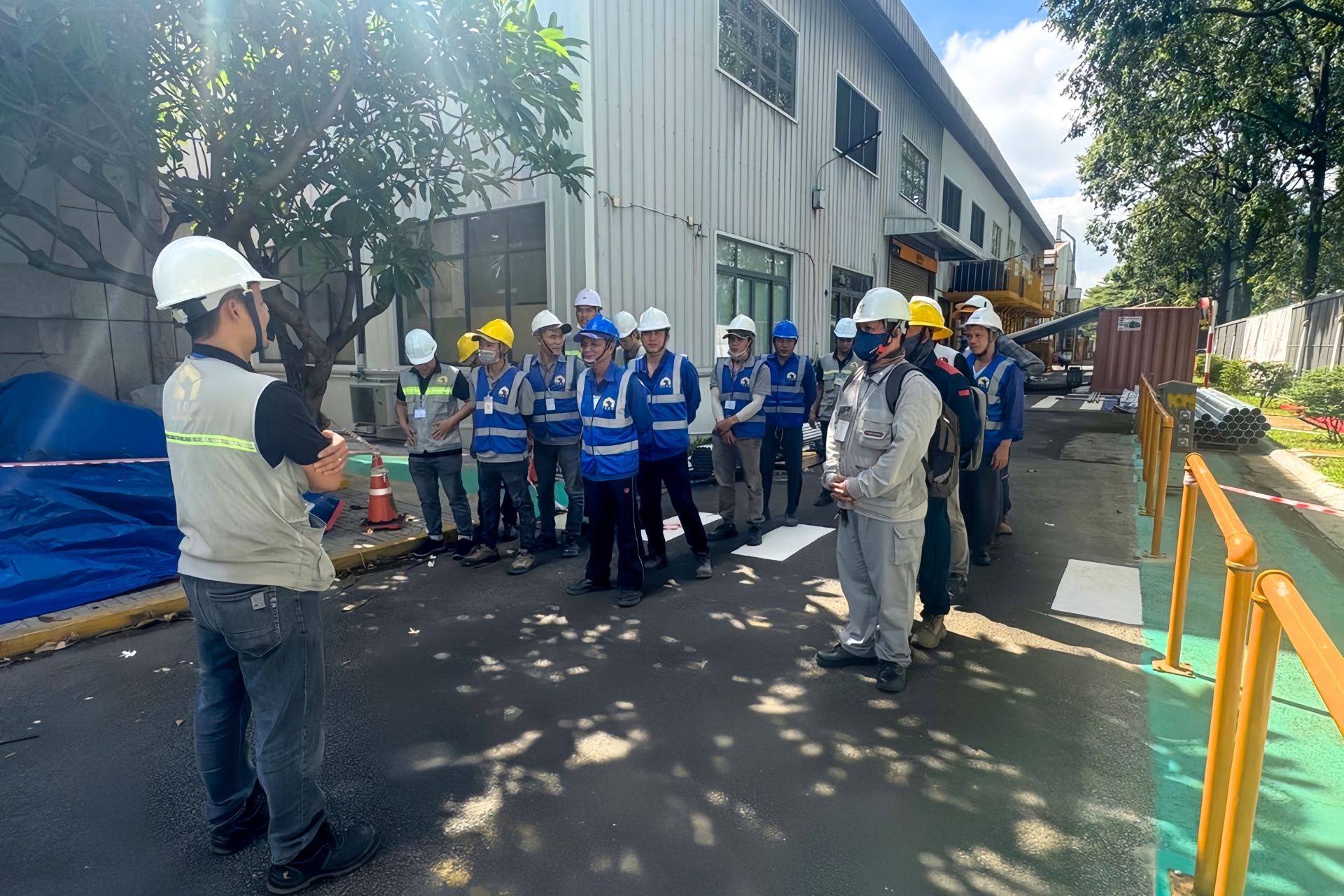
Periodic Inspection and Evaluation Costs
Emergency Repair Costs
These arise when unexpected incidents occur, such as water leaks, fires, electrical system failures, or breakdowns of production equipment. These costs are usually higher due to the urgency and potential losses caused by production downtime.
What Factors Influence Factory Maintenance Costs?
Depending on the type of facility, production characteristics, and construction conditions, maintenance costs can vary significantly. Key influencing factors include:
Scale and Structure of the Facility
Larger factories with multiple functional areas (production, storage, office…) require more extensive maintenance, leading to higher costs.
The type of structure also affects the maintenance method and frequency. Steel structures often require periodic anti-rust coating, while concrete needs checks for cracks and seepage. Pre-engineered structures are easier to replace but require earlier maintenance.
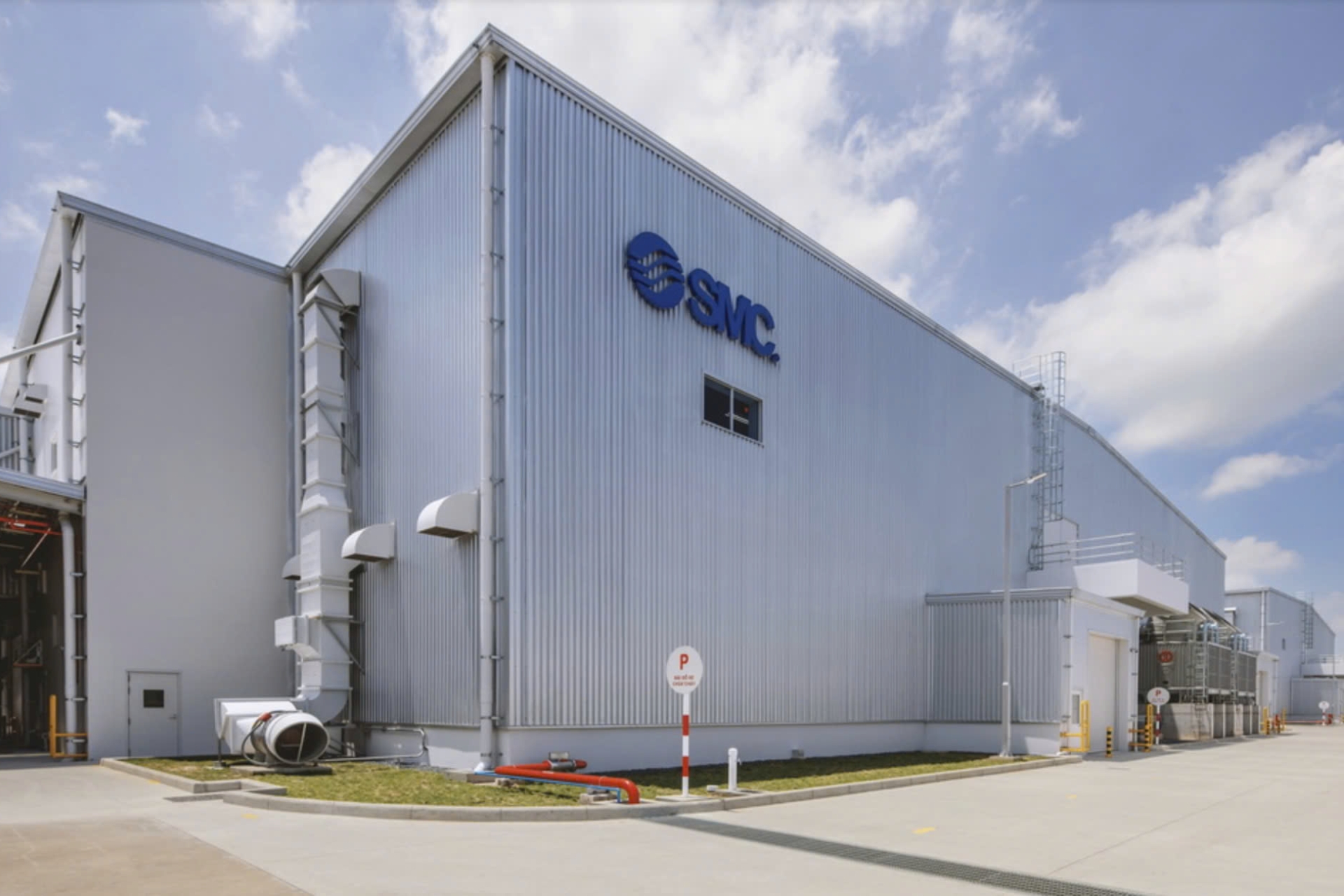
Scale and the structure of the factory
Age and Current Condition of the Building
Factories over 10–15 years old tend to have degraded systems that require more frequent repair and maintenance. Additionally, maintenance history plays a role—facilities maintained regularly usually incur fewer large-scale expenses.
Operational Frequency and Intensity
Factories operating 24/7 experience faster wear and tear. Industries such as chemicals, food, and textiles demand cleaner environments, requiring specialized maintenance like disinfection and regular cleaning of ventilation, filtration, and cooling systems.
Environmental and Weather Conditions
Coastal areas with high humidity and salt levels lead to faster corrosion. Humid climates can cause leaks, floor decay, and mold growth. This increases maintenance frequency and thus drives up costs.
Initial Design and Construction Quality
Factories built with high standards, quality materials, and proper techniques tend to last longer and cost less to maintain. In contrast, cost-cutting in materials or design flaws can result in future “hidden costs.”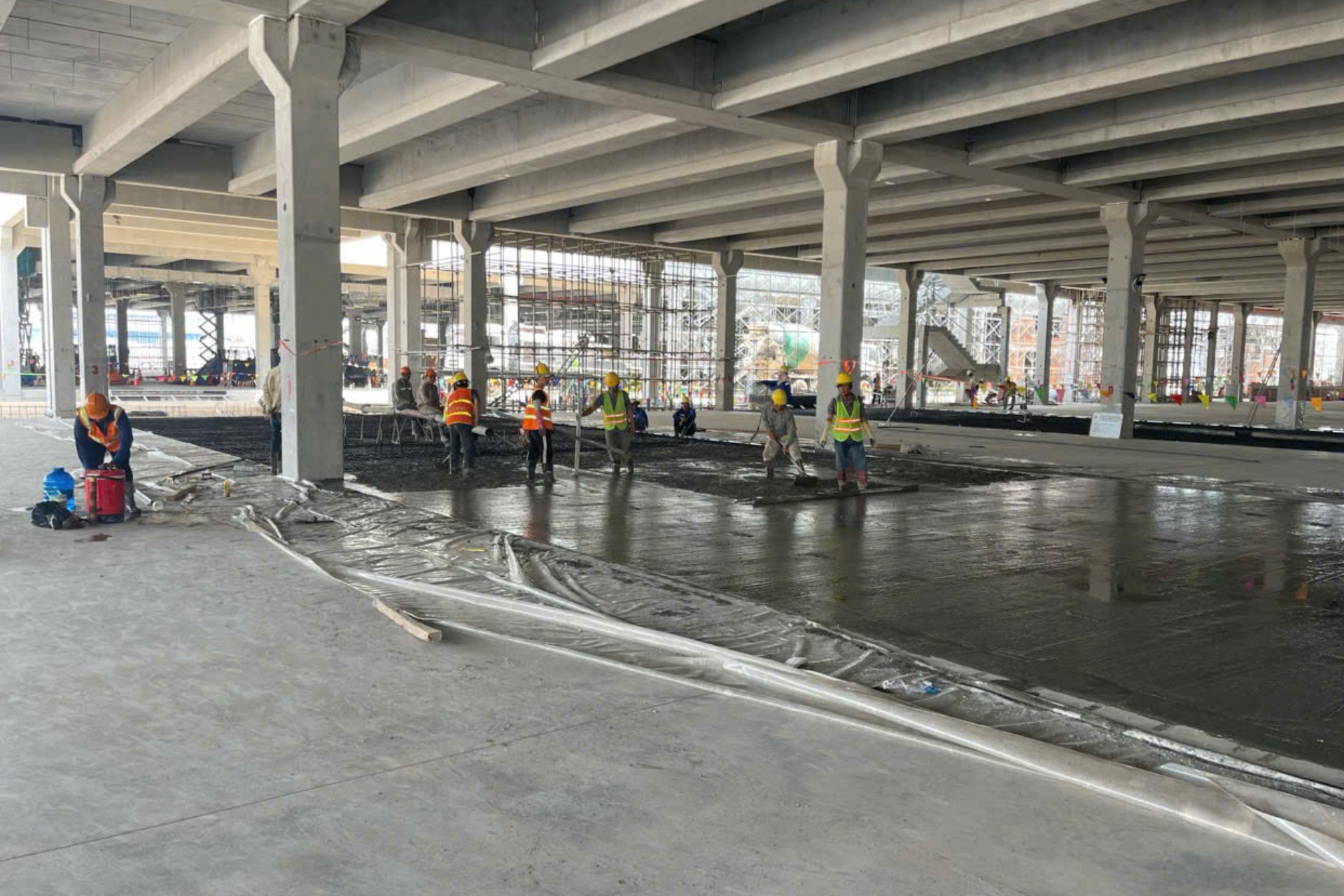
Initial Design and Construction Quality is another factor that needs to pay attention
Maintenance Policy and Frequency
Businesses that proactively conduct routine maintenance can detect issues early and resolve them at lower costs. Delayed maintenance can lead to serious damage, costly repairs, and production interruptions.
How to Optimize Factory Maintenance Costs Effectively
Develop a Scheduled Maintenance Plan from the Start
As soon as the factory is built or handed over, businesses should set up a comprehensive maintenance plan by phase: every 3 months, 6 months, 1 year… Each task should include a specific checklist, responsible party, and projected budget.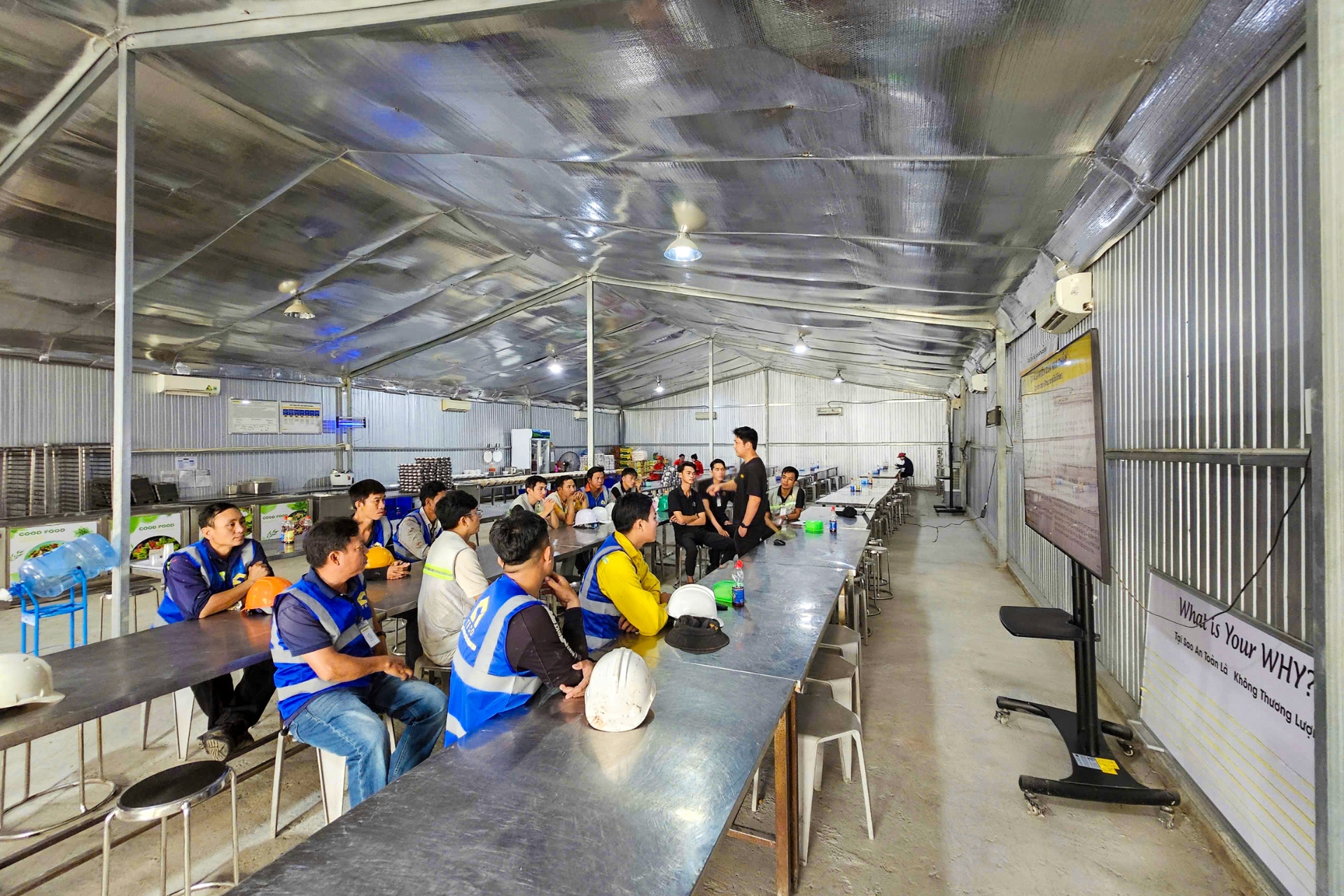
Develop a Scheduled Maintenance Plan from the Start
Use Durable Materials and Technologies
Choosing corrosion-resistant materials, waterproof paints, and heat-resistant pipes may incur higher initial costs but can significantly reduce future maintenance expenses. Additionally, adopting monitoring technologies like IoT to track temperature, humidity, pressure, and vibrations helps detect issues early and plan proactive maintenance.
Select a Professional Maintenance Contractor with Industrial Construction Expertise
Specialized maintenance providers with real-world experience offer reasonable processes, transparent pricing, and long-term efficiency. It’s best to choose contractors who understand your factory’s structure and operational systems—not just to fix problems but to help optimize operations.
Conclusion
Factory maintenance costs should not be seen as a burden but as a strategic investment in productivity and operational safety. Instead of waiting for problems to occur, businesses should shift their mindset and consider maintenance a core part of industrial asset management. With thorough preparation, the right materials, and trustworthy maintenance partners, companies can optimize factory maintenance expenses while ensuring long-term operational effectiveness.
TECO proudly stands as a reputable, trusted industrial factory maintenance contractor, proven through numerous real-world projects. We are committed to delivering professional, systematic, and highly efficient maintenance solutions, tailored to the specific needs of your business.
Contact TECO for detailed consultations on maintenance solutions, plans, and quotations for your facility.

